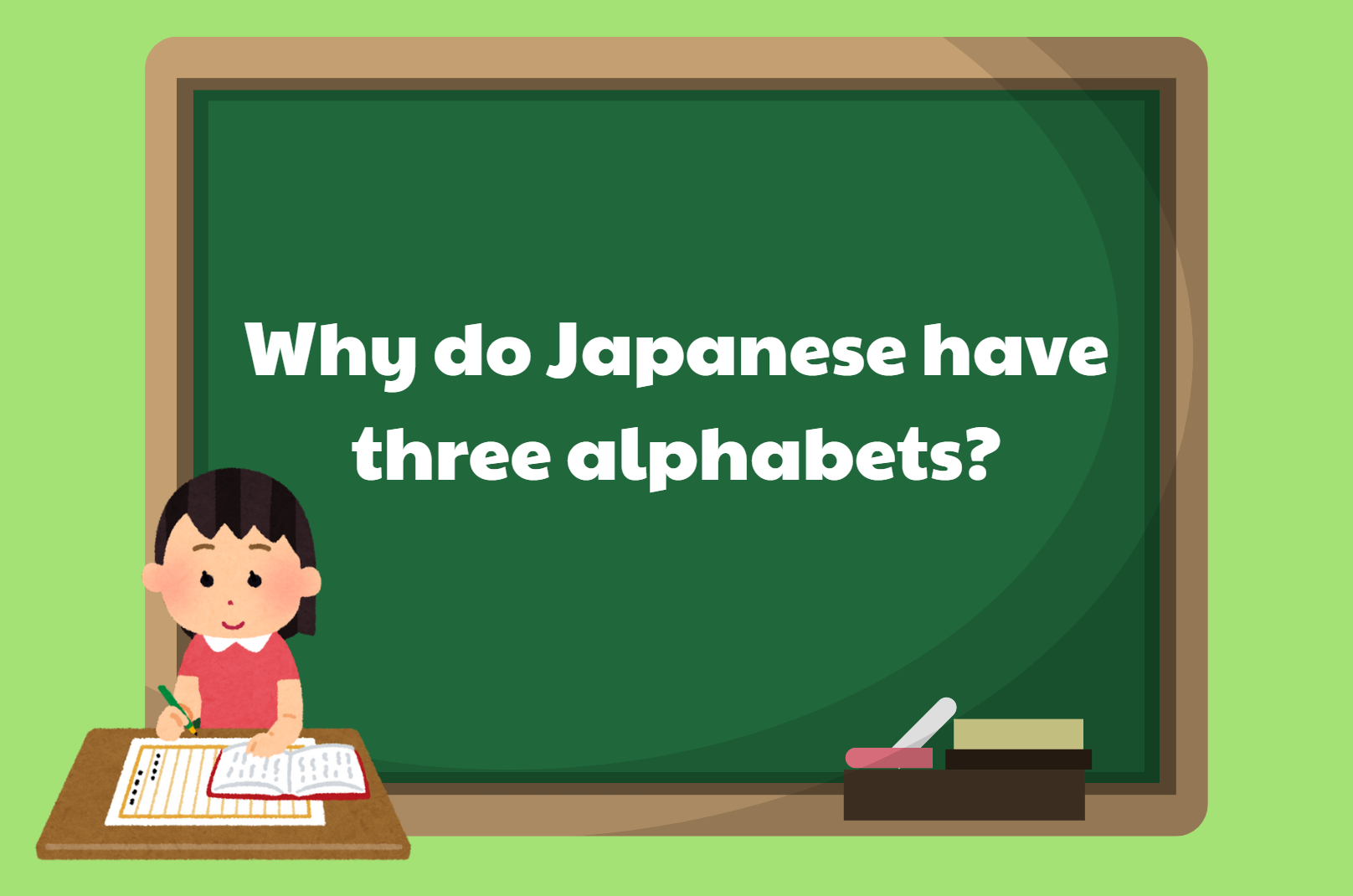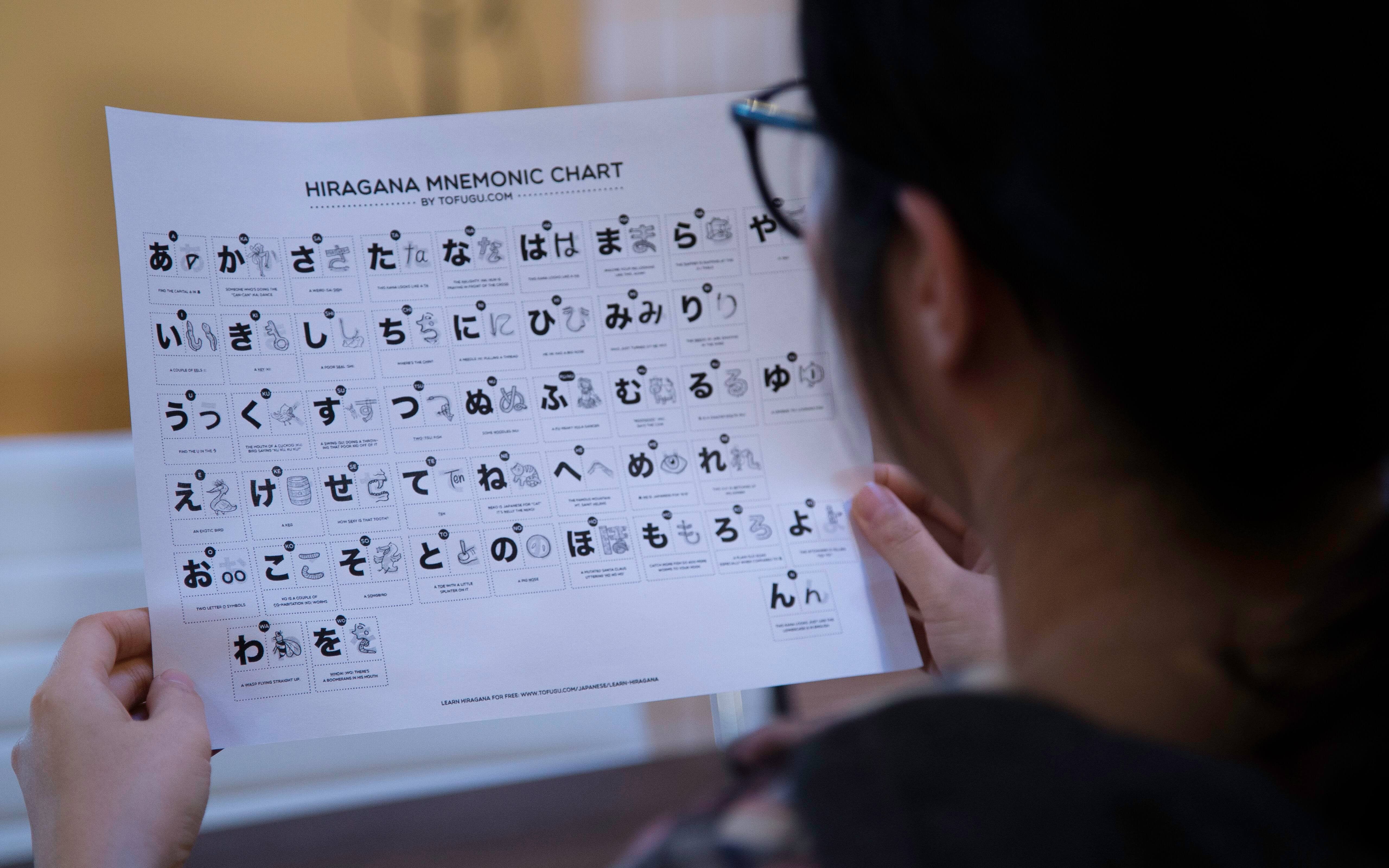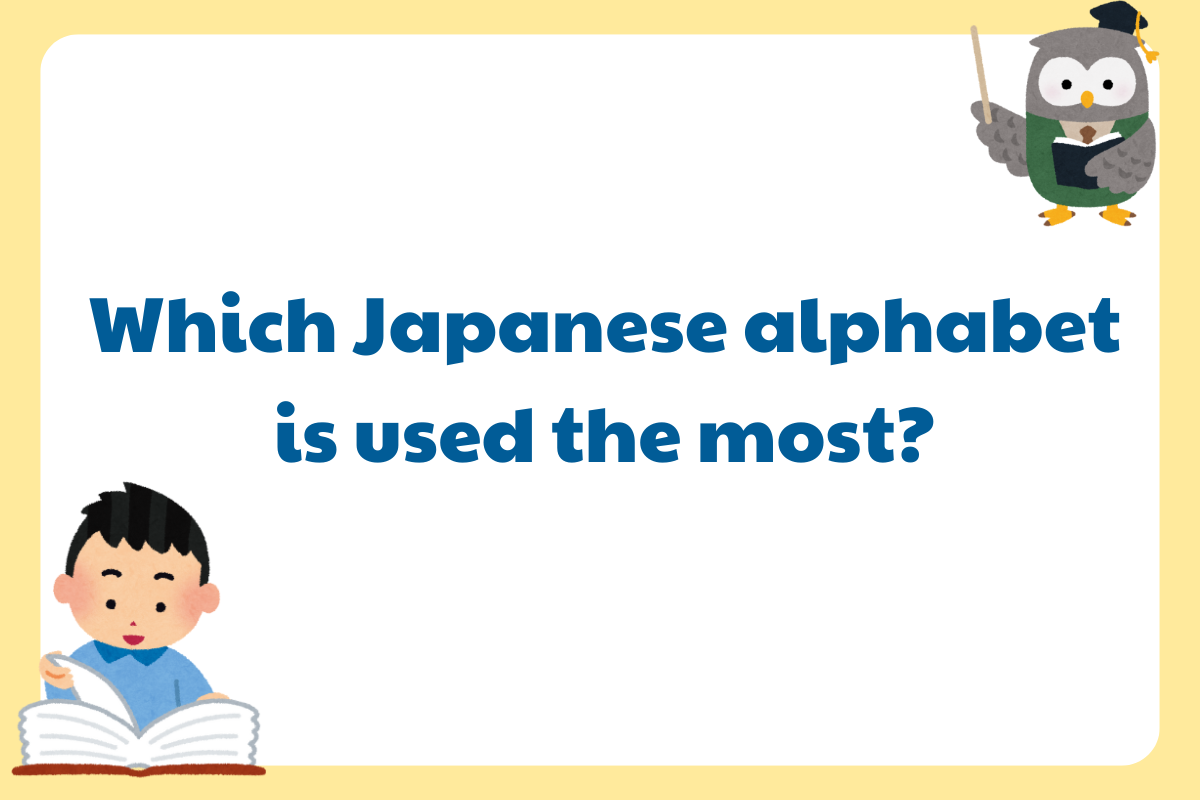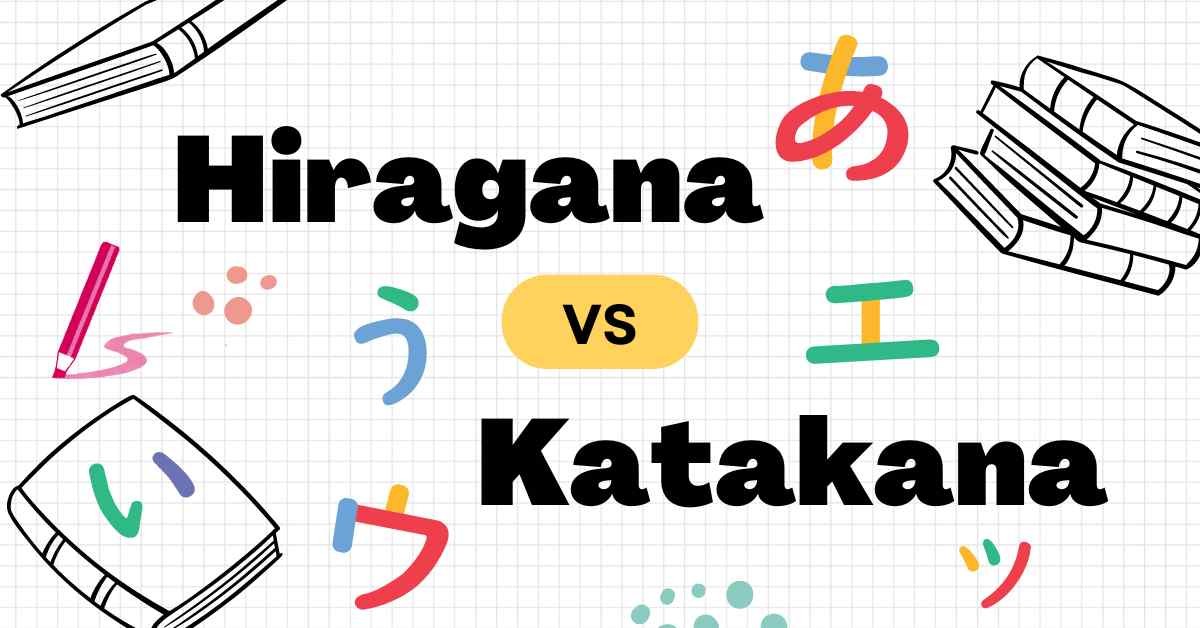- What are the 3 Japanese Alphabets?
- 1. Kanji (漢字): The Core of Meaning
- 2. Hiragana (平仮名): The Soul of Grammar
- 3. Katakana (片仮名): The Modern Innovator
- The Historical Evolution of Japanese Writing Systems
- The Introduction of Kanji
- The Creation of Hiragana and Katakana
- Why do the Japanese Have 3 Writing Systems?
- 1. Kanji: Efficiency and Precision
- 2. Hiragana: Grammatical Clarity
- 3. Katakana: Global Adaptation
- 4. Flexibility and Precision
- Benefits of Using Three Writing Systems
- 1. Disambiguation
- 2. Cultural Depth
- 3. Adaptability
- Why This System Works Perfectly for Japanese
- FAQs About Japanese Writing Systems
Japanese is one of the most fascinating languages in the world, largely because of its unique writing system. Unlike many languages that rely on a single alphabet, Japanese uses three: Kanji, Hiragana, and Katakana. This might seem complex at first, but each system serves a distinct purpose that makes the language both practical and culturally rich.
In this post, we’ll explore:
- The origins and evolution of these writing systems.
- The distinct roles they play in modern Japanese.
- The benefits and cultural significance of having three alphabets.
Let’s uncover why Japanese is designed this way and why it works so well.
What are the 3 Japanese Alphabets?
1. Kanji (漢字): The Core of Meaning
- Definition: Kanji are logographic characters borrowed from Chinese. Each character conveys a specific meaning or concept.
- Purpose: Efficiently compresses complex ideas into a single character. For example:
- 学 (gaku) = "study" or "learning."
- 学生 (gakusei) = "student."
- Cultural Significance: Connects Japanese writing to its ancient Chinese roots, preserving a sense of history and tradition.
- Example:
- 家族 (kazoku) = "family." Two characters express "house" (家) and "group" (族).

2. Hiragana (平仮名): The Soul of Grammar
- Definition: A phonetic syllabary used for grammatical elements and native Japanese words.
- Purpose: Simplifies grammar by marking verb conjugations, particles, and native words without Kanji.
- Key Features:
- 46 basic characters, each representing a syllable.
- Example: ありがとう (arigatou) = "Thank you."
- Learning Tip: Hiragana is the first alphabet taught to children and beginners, forming the foundation of Japanese literacy.
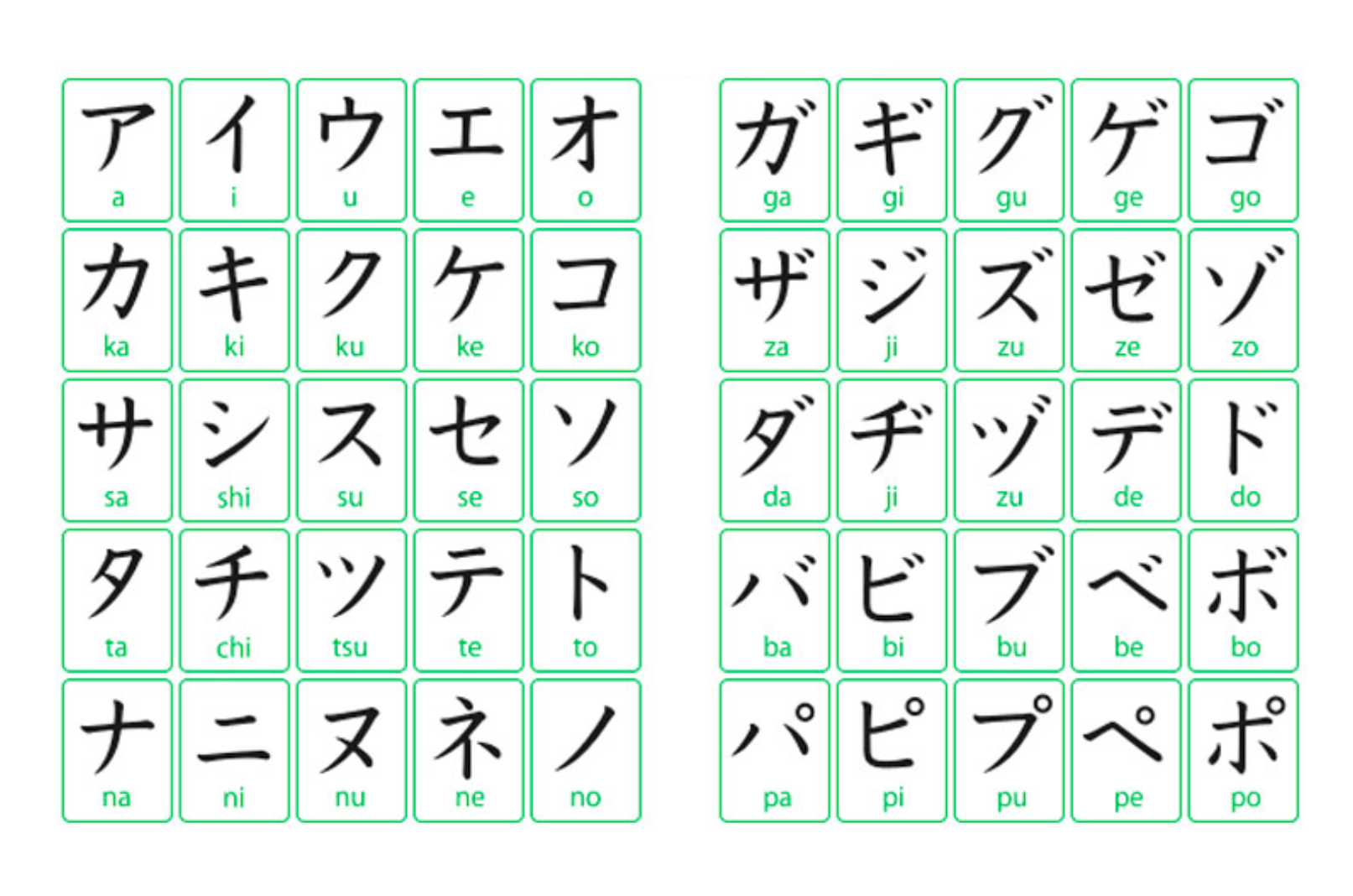
3. Katakana (片仮名): The Modern Innovator
- Definition: A phonetic syllabary, like Hiragana, but used primarily for foreign words, scientific terms, and emphasis.
- Purpose: Distinguish foreign terms and allow the Japanese to adapt to globalization.
- Example:
- コンピュータ (konpyūta) = "computer."
- インターネット (intānetto) = "internet."
- Cultural Relevance: Reflects Japan’s openness to integrating foreign influences while maintaining linguistic clarity.
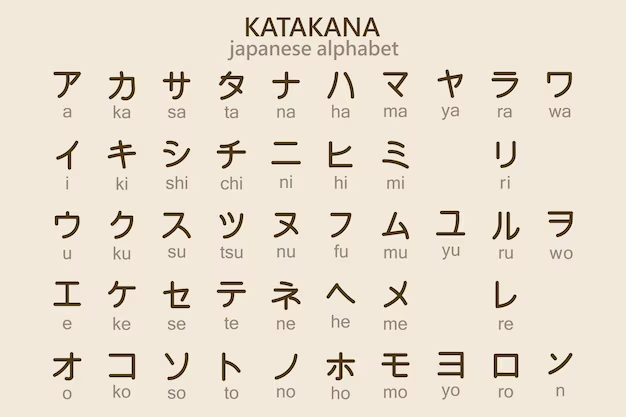
The Historical Evolution of Japanese Writing Systems
The Introduction of Kanji
- Japanese did not have a native writing system until the 5th century CE, when they adopted Chinese characters.
- Challenge: Chinese and Japanese languages are structurally different, leading to the adaptation of Kanji into Japanese grammar.
The Creation of Hiragana and Katakana
- In the 8th-9th centuries, Japanese scholars developed two simplified scripts:
- Hiragana: Derived from cursive forms of Kanji, used for native words and grammatical elements.
- Katakana: Created from parts of Kanji, used for foreign words and specialized terms.
This three-script system emerged as a solution to linguistic challenges, ensuring the language could evolve while accommodating diverse influences.
Why do the Japanese Have 3 Writing Systems?
1. Kanji: Efficiency and Precision
- Condenses meaning: One Kanji can replace an entire phrase.
- Avoids ambiguity: Distinguishes homophones (e.g., 校 vs. 工, both pronounced “kō”).
2. Hiragana: Grammatical Clarity
- Adds grammatical elements to sentences, such as particles and verb endings.
- Makes Japanese accessible to learners and children by phonetically supporting Kanji.
3. Katakana: Global Adaptation
- Marks foreign words, scientific terms, and technical vocabulary.
- Adds emphasis, functioning like italics in English.
4. Flexibility and Precision
- Combines the strengths of all three scripts to create a robust and versatile written language.
Maybe You Like: How hard is Japanese to learn for English speakers
Benefits of Using Three Writing Systems
1. Disambiguation
Kanji eliminates confusion between words with the same pronunciation. For example:
- 生 (sei) = "life" or "birth."
- 星 (sei) = "star."
2. Cultural Depth
- Kanji connects modern Japanese to its historical roots, while Hiragana and Katakana showcase linguistic creativity.
3. Adaptability
- Katakana allows the language to evolve with new concepts and technologies, making it relevant in a globalized world.
Why This System Works Perfectly for Japanese
Japanese is a context-heavy language with many homophones and layered meanings. By dividing roles among three alphabets:
- Kanji: Provides depth and clarity.
- Hiragana: Maintains fluidity and structure.
- Katakana: Bridges Japanese with the global lexicon.
This synergy ensures the language is both efficient and expressive, accommodating ancient traditions and modern innovations.
Maybe You Like: Japanese language basics for beginners
FAQs About Japanese Writing Systems
1. Is it hard to learn three writing systems?
It might seem daunting, but starting with Hiragana and Katakana simplifies the process. Kanji takes time but adds immense value to understanding Japanese culture.
2. Why not replace everything with one system?
Replacing Kanji with Hiragana or Katakana would reduce efficiency and clarity, as many words in Japanese sound the same but have different meanings.
3. Which system should I learn first?
Start with Hiragana, then Katakana, and finally Kanji. This order builds a strong foundation for fluency.
Mastering the three Japanese writing systems—Kanji, Hiragana, and Katakana—is more than just learning a language. It’s an opportunity to connect with Japan’s rich cultural heritage, embrace its modern adaptability, and unlock a tool for precise and meaningful communication. These alphabets are not just symbols; they tell the story of Japan’s evolution, creativity, and openness to the world.
Whether you're a beginner wondering how hard is learning Japanese, or an advanced learner seeking to refine your skills, understanding how these systems work together will transform the way you see and use Japanese. While it may seem complex at first, the rewards far outweigh the effort. Why do you learn Japanese?

